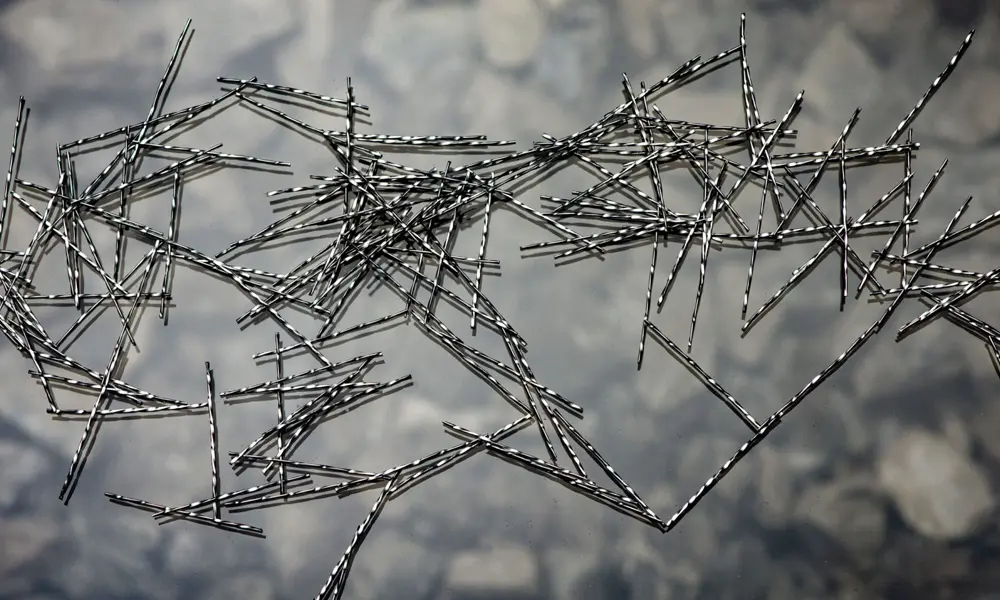Understanding Impact Zones: Reinforcements in Cricket Batting Gloves

Cricket batting gloves serve as the first line of defense for batsmen facing down fast-paced deliveries on the pitch. Designed to protect against impact and minimize the risk of injury, batting gloves incorporate strategic reinforcements in key areas to shield the hands and fingers from the force of the ball. In this blog, we'll delve into the importance of understanding impact zones and how reinforcements in cricket batting gloves play a crucial role in safeguarding batsmen against the rigors of the game.
The Anatomy of a Batting Glove: Identifying Vulnerable Areas
Before exploring reinforcements, it's essential to understand the anatomy of a cricket batting glove and identify the areas most susceptible to impact. The fingers, knuckles, palms, and back of the hand are the primary points of contact with the ball during batting, making them vulnerable to injury if not adequately protected.
Batsmen face various types of impact, from direct hits to glancing blows, depending on the type of delivery and the speed at which it's bowled. As such, batting gloves must be designed to provide comprehensive protection across all impact zones to ensure the safety and well-being of the player.
Strategic Reinforcements: Shielding Vulnerable Areas
To protect against impact, cricket batting gloves incorporate strategic reinforcements in key areas prone to injury. These reinforcements typically consist of padded inserts, impact-resistant materials, and additional layers of fabric designed to absorb and disperse the force of the ball upon impact.
The fingers and knuckles are particularly vulnerable to direct hits from the ball, which can cause fractures, bruises, and abrasions. Therefore, batting gloves feature extra padding and reinforcement in these areas, often in the form of high-density foam or impact-resistant plastics, to cushion against impact and minimize the risk of injury.
Similarly, the palms and back of the hand are exposed to impact when gripping the bat handle and making contact with the ball. Batting gloves incorporate padding and reinforcement in these areas to provide protection against impact and reduce the risk of discomfort or injury caused by repetitive use.
Balancing Protection and Mobility: The Key to Success
While protection is paramount, batting gloves must also allow for unrestricted movement and flexibility to enable players to grip the bat securely and execute shots with precision. Therefore, striking the right balance between protection and mobility is crucial in designing batting gloves that excel on the field.
Manufacturers utilize advanced materials and construction techniques to achieve this balance, incorporating lightweight padding and articulated design features that conform to the natural contours of the hand and fingers. Additionally, ergonomic shaping and stretch panels ensure that batting gloves provide a snug yet comfortable fit, allowing for optimal performance without compromising on protection.
Continuous Improvement: Evolving with the Game
As cricket continues to evolve, so too will the design of batting gloves and the reinforcements used to protect against impact. Manufacturers are constantly innovating and refining their designs to meet the ever-changing needs of players and adapt to emerging trends in the game.
By incorporating player feedback, advances in materials science, and insights from sports medicine professionals, manufacturers can develop batting gloves that offer superior protection, comfort, and performance on the field. With each new iteration, batting gloves evolve to provide batsmen with the confidence and security they need to face down the challenges of modern cricket.
Conclusion: Protecting Players, One Impact Zone at a Time
In conclusion, understanding impact zones and incorporating strategic reinforcements in cricket batting gloves are essential steps in protecting players from the rigors of the game. By providing comprehensive protection across vulnerable areas and striking the right balance between protection and mobility, batting gloves enable batsmen to perform at their best with confidence and peace of mind.
As cricket continues to evolve, manufacturers will continue to innovate and refine their designs to meet the ever-changing needs of players and ensure that batting gloves remain an indispensable tool for batsmen at every level of the game. With strategic reinforcements, batsmen can step up to the crease with confidence, knowing that their hands are well-protected against the impact of fast-paced deliveries.

